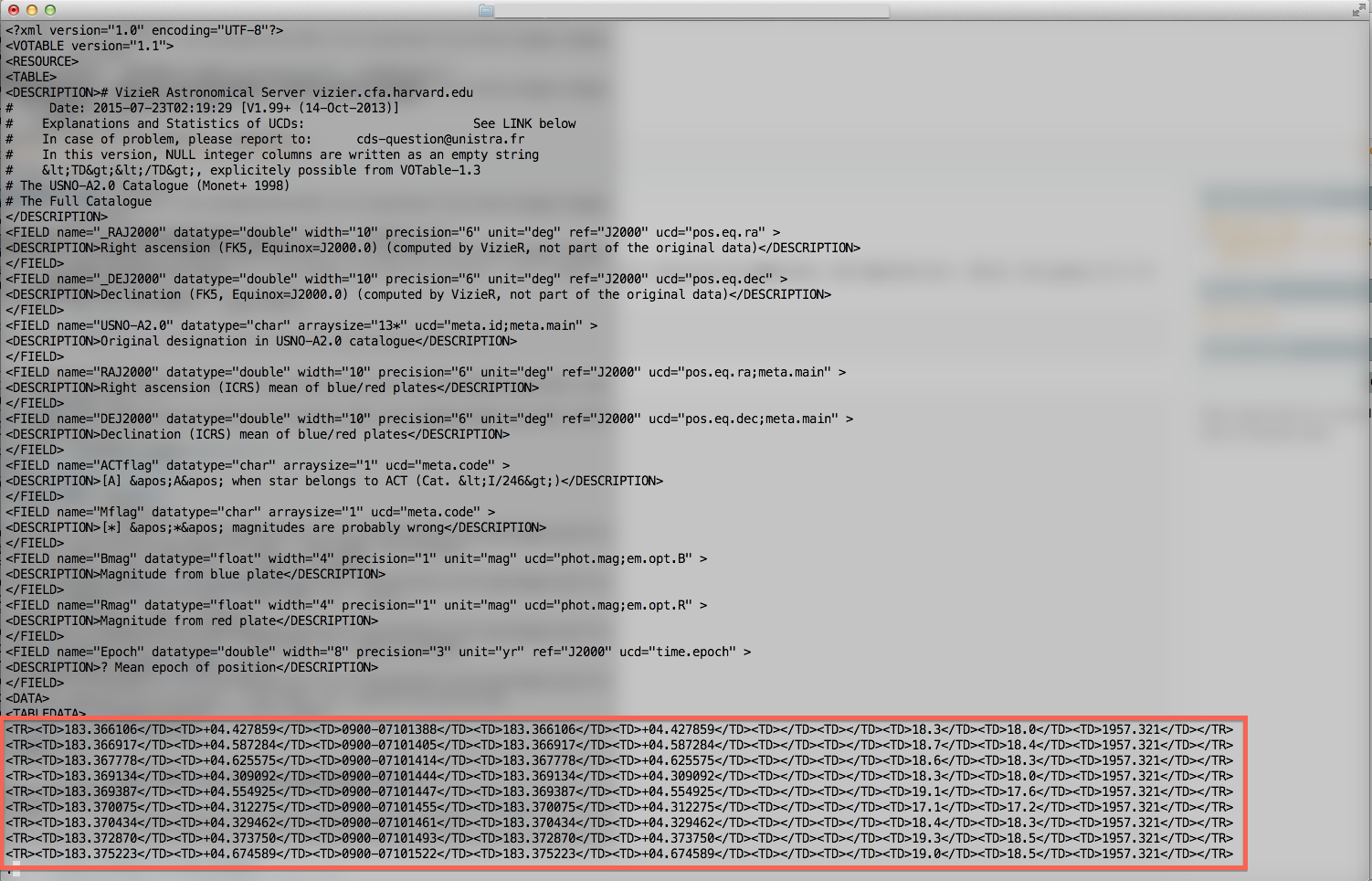

This is bringing us closer to understanding how some of the most extreme objects in the cosmos form, grow and change with time, and how they impact their surrounding galaxies. We use multiwavelength observations to examine the relationship between the phenomena of accretion and outflows.

#Google groups astrometry full
This includes white dwarfs, neutron stars and black holes across their full mass scale. We are a leading group in the UK researching the growth and evolution of compact objects. We study planetary objects to understand the relationship between them and the interaction between the Sun and the magnetospheres and upper atmospheres of several planets. This research made use of the Washington Double Star Catalog maintained at the US Naval Observatory, NASA’s Astrophysics Data System Bibliographic Services, the Simbad database, VizieR catalogue access tool, and Aladin sky atlas at the CDS, Strasbourg (France), and the TOPCAT tool.We examine how our universe works and answers some of the big questions surrounding it. We acknowledge financial support from the Agencia Estatal de Investigación 10.13039/501100011033 of the Ministerio de Ciencia e Innovación and the ERDF “A way of making Europe” through projects PID2019-109522GB-C51 and PID2020-112949GB-I00, and the Centre of Excellence “María de Maeztu” award to the Centro de Astrobiología (MDM-2017-0737), and from the European Commission Framework Programme Horizon 2020 Research and Innovation through the ESCAPE project under grant agreement no. Mason for help with five unidentified wide WDS companions, and Andrei Tokovinin for providing us the ρ of a wide pair and very useful discussion on hierarchical multiplicity. We thank the anonymous reviewer for their constructive suggestions and comments, Jesús Maíz Apellániz for discussion on the γ Cas system, Alberto Rebassa-Mansergas for estimating masses of two white dwarfs, Brian D. Therefore, they are either in the process of disruption or they are part of unidentified juvenile stellar kinematic groups. The most fragile and massive systems have huge projected physical separations of well over 1 pc. The minimum computed binding energies, |U^(∗)_(g)| ∼ 10^(33) J, are in line with theoretical predictions of tidal destruction by the Galactic gravitational potential. In particular, we found 14 quadruple, 2 quintuple, 3 sextuple, and 2 septuple systems. Furthermore, the large fraction of subsystems and the non-hierarchical configurations of many wide systems with three or more stars is remarkable. This sample is expanded when including new close binary candidates with large Gaia DR3 RUWE, σ_(Vr), or a proper motion anomaly.
#Google groups astrometry plus
Accounting for the additional members at shorter separations identified in a complementary astrometric and bibliographic search, we found 79 new stars (39 reported, plus 40 not reported by WDS) in 94 ultrawide stellar systems. Of these, only 2 ultrawide pairs have not been identified, 10 do not have any available astrometry, 339 have not passed a conservative filtering in proper motion or parallax, 59 are members of young stellar kinematic groups, associations or open clusters, and only 94 remain as bona fide ultrawide pairs in the galactic field. Of the 155 159 pairs currently catalogued by WDS, there are 504 with ρ > 1000 arcsec. In addition, we determined masses for each star (and white dwarf) and, with the projected physical separation, computed the gravitational potential energy, |U^(∗)_(g)|, of the systems. We also looked for additional closer companions to the ultrawide pairs, either reported by WDS or found by us with a new Gaia astrometric search. We confirmed the pairs’ membership to stellar systems based on common proper motions, parallaxes, and (when available) radial velocities, together with the locii of the individual components in colour-magnitude diagrams.

With the latest Gaia DR3 data, we analyse the widest pairs in the Washington Double Star (WDS) catalogue with angular separations, ρ, greater than 1000 arcsec.


 0 kommentar(er)
0 kommentar(er)
